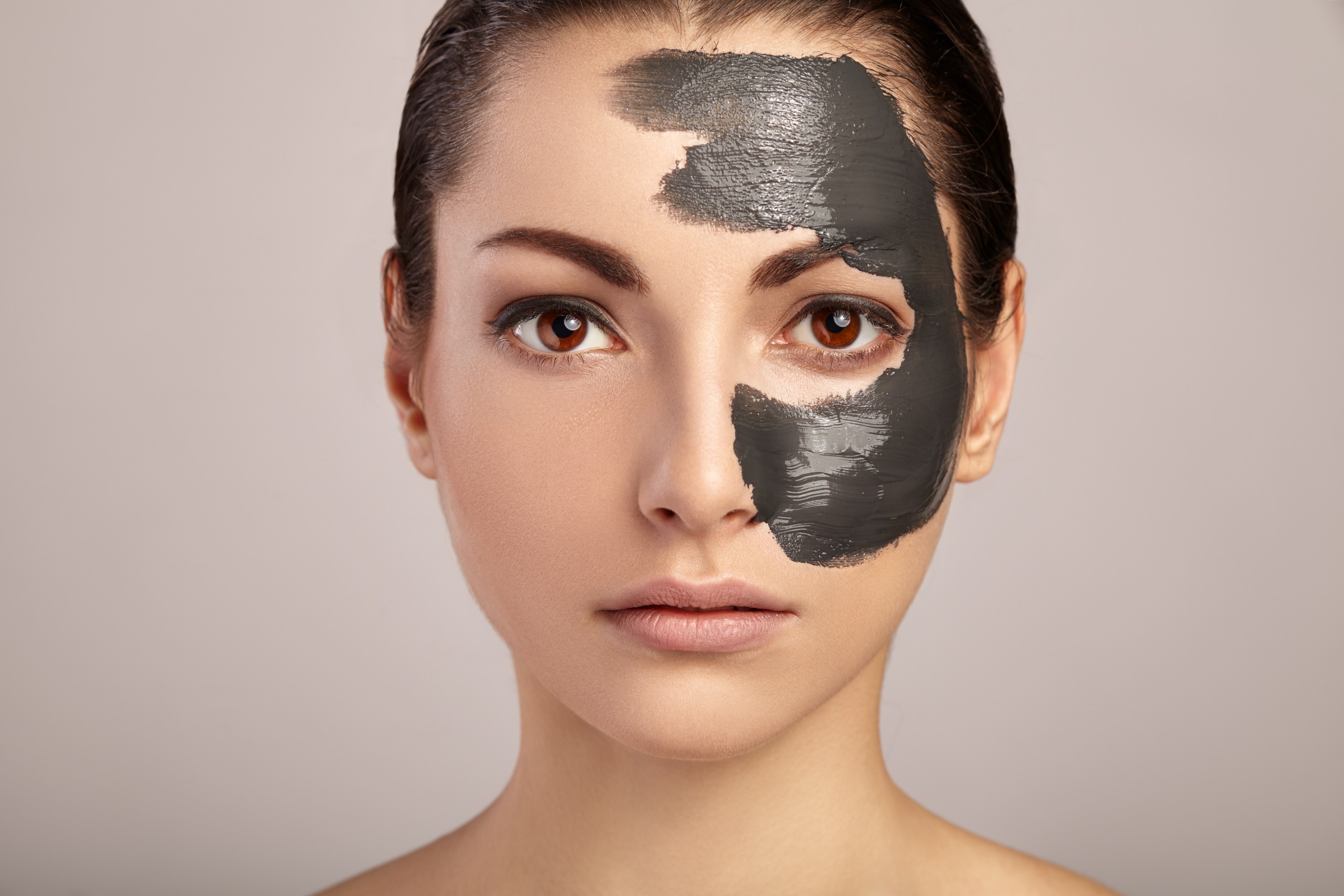Free-from claims have become cryptic, without regulations, the US has entered into an overbearing circumstance of “No-Nos”. Below are only some of the highly used ones, the lists that exist are extremely involved and can get quite complex. Keep in mind that in the EU they have in place regulations on Cosmetic Claims, such that, ‘Free from prohibited ingredients’ claims are not permitted, ‘Free from a functional group of ingredients’ (e.g. colorants, preservatives) is only allowed if there is no ingredient of that group present. And if a specific ingredient is referred to, it must not be present or released, e.g. ‘free from formaldehyde’ can not include diazolidinyl urea.
Consumers fear for what is safe, and the birth of Clean Beauty has only made consumers question more what is truthful on their packaging, and how do they decipher. Consider taking the approach to still stay away from harmful ingredients, but instead of scare tactics and extensive exclusion lists, focus on the benefits and safety aspects of your ingredients.
Here we break down the reasons why ingredient groups have been put into a restriction list and what more you can educate yourself with to be fully informed in ingredient selection. We created this Glossary for you to understand some of the terms below. Get started with the Glossary.
Preservatives:
This is carried over from concern for preservatives in food and the health risks ingesting such ingredients, and the notion that preserved foods are less healthy than whole foods. Preservatives are also a victim of grouping an entire category together as harmful, when just a few have negative effects.
Formaldehyde Donors:
Why “No-No”:
- Carcinogen
- Causes irritation
Parabens
Why “No-No”:
- Endocrine Disruptor & Reproductive/Developmental concerns
- Bio-accumulation
Alternative Knowledge: Parabens are among the least-sensitizing preservatives available. But if you would rather not use Parabens, not all preservatives contain formaldehyde or parabens. Here are some of our suggestions
Clean Beauty Alternative Preservatives:
Mineral Oils (3P’s Petrolatum, Petroleum, Paraffin)
Why “No-No”:
- Known occlusive agent – clogging pore and causing skin irritation
- Petrochemical, linked to petroleum and the notion it ages skin
- Unsustainable sourcing and possible PAH contamination (PAH linked to cancer)
- Confusion between grades used in industrial processing and the refined and purified versions found in skin and OTC/Pharmaceutical applications
Clean Beauty Alternatives:
Silicones
Why “No-No”:
- Eco-toxicity, aquatic
- Endocrine Disruptor & Reproductive/Developmental concerns (D4, D5, D6)
- Harder to wash off and clogs pores
- Coats hair creating build-up and making hair dull and dry
Alternative Knowledge: Silicone is not comedogenic and too large to clog pores. It does create a breathable layer, preventing water loss in both skin and hair. Aids in the delivery of active ingredients like antioxidants.
Clean Beauty Alternatives:
Alternative Options for “silicone-free”:
Phthalates
Why “No-No”:
- Listed with EU as Endocrine Disruptor of high concern
- Reproductive/Developmental concerns (congenital disorders)
- Carcinogen
- Unlisted as it is within the fragrance or parfum
- Eco-toxicity
Formulate with ingredients that deliver a natural scent, or fragrance-free.
Ethoxylated Ingredients:
Why “No-No”:
- Petrochemical
- Synthetically produced using Ethylene Oxide
- Carcinogen
- Developmental concerns
- Damages the nervous system
- 1,4 Dioxane often found in EO ingredients but not on labels (In a study of personal care products marketed as “natural” or “organic” (uncertified), U.S. researchers found 1,4-dioxane as a contaminant in 46 of 100 products analyzed.)
- Bioaccumulation
PEG’s
Why “No-No”:
- Can be absorbed into the skin as it helps the absorption of other ingredients to the skin
Alternative Knowledge: PEGs with a molecular weight of 200 to over 10,000 are considered harmless.
Clean Beauty Alternatives:
Alternative Options for “PEG-free”:
Sulfates
Why “No-No”:
- There is a concern around ethoxylated ingredients. SLES, ALES are ethoxylated. However, it is important to keep in mind that not all sulfates are ethoxylated, such as ALS.
- Said to cause irritation and dryness as it removes oil and does not discern from bad oil and the good oil your skin needs to keep to stay moisturized.
- Concern over eco-toxicity because of frequent/daily use of vast products containing them.
Alternative Knowledge: Not all sulfates are created equal, and the amounts of sulfates contained in most formulations are safe and gentle enough to use, many from natural resources with mild attributes.
Clean Beauty Alternatives:
Alternative Options for “sulfate-free”:


Leave A Comment
You must be logged in to post a comment.